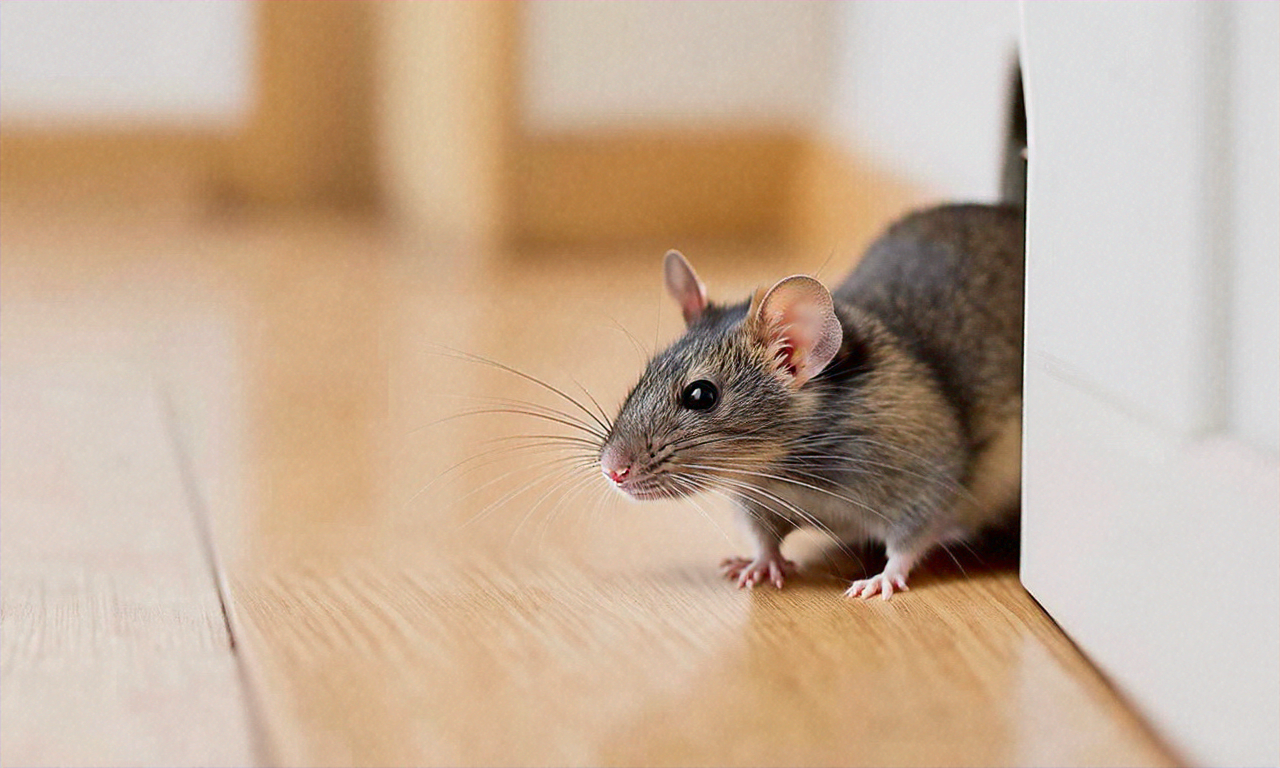Home Defense: Winning the War Against Household Pests
Discover how to protect your sanctuary from invasive critters and create a healthier living space. This comprehensive guide explores common household pests, early detection techniques, and effective strategies for both DIY enthusiasts and those seeking professional help. Learn to safeguard your home, preserve its value, and ensure your family's well-being through smart pest management.

Unwelcome houseguests come in all shapes and sizes, from microscopic mites to furry rodents. To effectively combat these invaders, it’s crucial to understand the enemy. Let’s explore the most common household pests and how to recognize their presence.
Common Household Pests:
-
Ants: These tiny marchers can quickly become a big problem, invading kitchens and pantries in search of food.
-
Cockroaches: Resilient and rapid breeders, these insects are notorious for spreading bacteria and triggering allergies.
-
Rodents: Mice and rats not only cause property damage but also pose significant health risks through their waste.
-
Termites: Silent destroyers, these wood-eaters can compromise your home’s structural integrity if left unchecked.
-
Bed Bugs: These nocturnal bloodsuckers can turn sweet dreams into itchy nightmares.
-
Spiders: While most are harmless, some species pack a venomous punch that can be dangerous to humans.
Recognizing the Signs of Infestation
Early detection is key to preventing a full-blown pest invasion. Keep an eye out for these telltale signs:
-
Visible pests: The most obvious indicator is spotting live creatures scurrying about.
-
Droppings: Small pellets or dark smears in hidden areas often signal rodent or insect activity.
-
Gnaw marks: Chewed wires, wood, or packaging materials typically point to rodent presence.
-
Unusual odors: Musty or ammonia-like scents can indicate a rodent problem.
-
Nests or burrows: Look for small piles of shredded materials or holes in walls and floors.
-
Strange sounds: Scratching, scurrying, or squeaking, especially at night, may suggest unwanted roommates.
-
Wood damage: Hollow-sounding timber or tiny holes in wooden structures could signal termite activity.
DIY Pest Control Strategies
For minor infestations, try these home remedies before calling in the professionals:
-
Seal entry points: Inspect your home’s exterior and plug any gaps or cracks that could serve as pest highways.
-
Maintain cleanliness: Regular cleaning, proper food storage, and prompt garbage disposal can significantly reduce pest attraction.
-
Eliminate standing water: Remove potential mosquito breeding grounds by addressing areas of water accumulation around your property.
-
Harness nature’s repellents: Essential oils like peppermint, eucalyptus, and citronella can deter certain pests naturally.
-
Set smart traps: Use appropriate traps for specific pests, such as sticky traps for insects or snap traps for rodents.
-
Create a green barrier: Trim trees and shrubs away from your home to limit access points for pests.
-
Deploy diatomaceous earth: This natural powder effectively controls crawling insects by dehydrating them.
-
Practice yard maintenance: Regular mowing, debris removal, and proper firewood storage can reduce pest habitats near your home.
When to Seek Professional Help
While DIY methods can be effective for minor issues, certain situations call for expert intervention:
-
Persistent problems: If your efforts fail to control the infestation or the issue worsens over time.
-
Large-scale invasions: When the pest population outgrows your ability to manage it effectively.
-
Dangerous species: For pests that pose significant health risks or are notoriously difficult to control, like bed bugs or termites.
-
Recurring issues: If you find yourself constantly battling the same pest problems despite your best efforts.
-
Preventive measures: Regular professional treatments can help ward off future infestations and protect your home.
-
Time constraints: If you lack the time or expertise to implement comprehensive pest control measures.
Benefits of Regular Pest Control Maintenance
Implementing a consistent pest management program offers numerous advantages:
-
Early detection: Regular inspections can catch potential problems before they escalate.
-
Cost-effectiveness: Preventing pest issues is often less expensive than dealing with extensive damage from unchecked infestations.
-
Health protection: Regular pest control helps reduce the risk of diseases and allergies associated with pests.
-
Property preservation: Preventing pest damage can help maintain your home’s structural integrity and value.
-
Peace of mind: Knowing your home is protected allows you to enjoy a more comfortable living environment.
-
Customized solutions: Professional services can tailor treatments to your specific needs and property characteristics.
-
Eco-friendly options: Many modern pest control methods use environmentally conscious products and techniques.
By incorporating regular pest control maintenance into your home care routine, you’re not just eliminating current threats—you’re building a fortress against future invasions. This proactive approach creates a safer, healthier, and more comfortable living space for you and your loved ones.
Remember, a pest-free home is more than just a clean home—it’s a sanctuary where you can truly relax and thrive. Whether you choose to tackle the challenge yourself or enlist professional help, staying vigilant and informed is your best defense in the ongoing battle against household pests.






